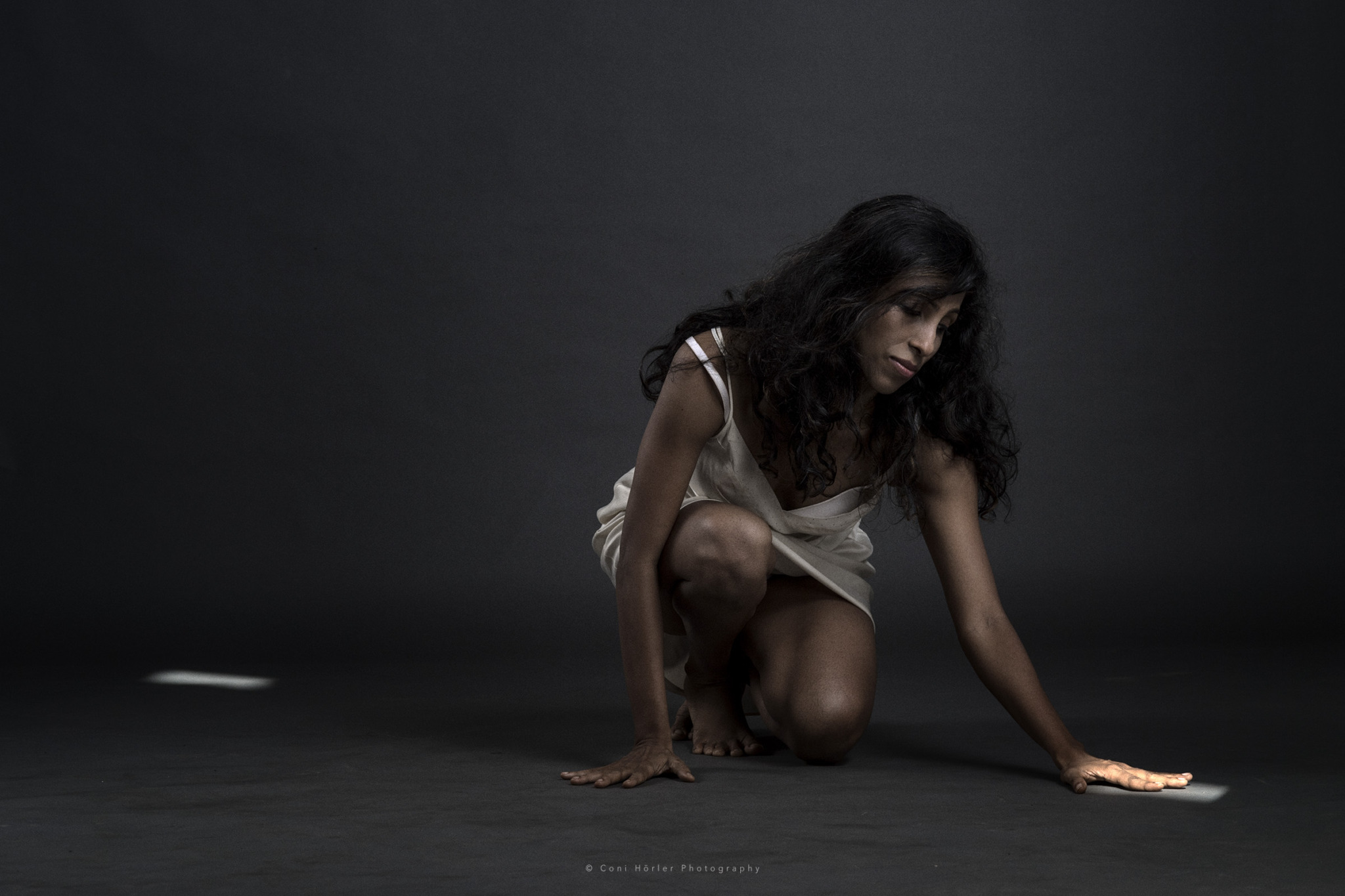We recently connected with Papia Chakraborty and have shared our conversation below.
Alright, Papia thanks for taking the time to share your stories and insights with us today. Are you able to earn a full-time living from your creative work? If so, can you walk us through your journey and how you made it happen?
Yes, I am earning a full-time living from my creative work as a Kathak (Indian classical dance form) contemporary dance practitioner. My journey with Kathak began in childhood, and there is a story behind why my parent chose the kathak dance form. I was born with a critical bone condition in my right leg, which made it difficult for me to stand straight or walk long distances. Doctors recommended heavy leg workouts and physiotherapy. As a solution, my parents enrolled me in a Kathak dance school, as this form involves wearing heavy ghungroos (a chain of small bells) on the legs, which help strengthen them through movement.
As time passed, I fell in love with dance—it became more than just therapy for me. However, coming from a Bengali Indian family, academics and securing a job were always prioritized. I followed this path, treating dance as a hobby, and completed my CFA. But a life-changing incident made me realize I could no longer lead a life confined to a desk job. Dance was my true passion—it felt like the oxygen I needed to survive. That moment compelled me to embrace it as my profession.
I was fortunate to have incredible mentors like Mandeep Raikhy, Nathaniel Parchment, and Dam Vanh Hyunh, who guided me toward contemporary dance. Their insights and encouragement helped me discover a structured pathway, and I began the disciplined practice to evolve as a dancer and as a person. Leaving my comfort zone became a conscious decision, and I have remained committed to pushing my boundaries ever since.
Initially, I worked with a dance company, but the pay was insufficient, so I took up part-time jobs at restaurants. When the pandemic hit, everything came to a halt. At the time, I was in Goa for the Goa Dance Residency. Although the residency closed, some teachers chose to stay in India, and we supported each other mentally and physically during those challenging times. It was a period of immense growth for me—I practiced, researched movements, and learned from my teachers for 8–9 hours a day.
Then, an opportunity presented itself. A student from the USA, who had attended one of my workshops in Chandigarh, reached out to request online classes. That experience gave me the idea to offer movement and body conditioning classes online. I was clear from the start that I wanted these sessions to facilitate physical and mental alignment, helping individuals find balance between their body, mind, and energy. To achieve this, I offered one-on-one sessions tailored to each student’s unique needs.
Today, I conduct sessions for students across the USA, UK, and India, with 15 regular students who came to me purely through word-of-mouth recommendations. I consider this a significant achievement, as my work has touched lives globally without any social media promotion. My students trust me deeply, and I continuously strive to give them my best through ongoing research and refinement.
In addition to my online classes, I am connected with two studios and a school in Bangalore. My recent choreographic works, Metamorphosis and Where Do I Come From? Where Do I Go? are currently touring and performing across India.
Now, I realize the importance of focusing on social media marketing and promotion to reach a wider audience. I plan to enhance my online presence and connect with more people who can benefit from my work.

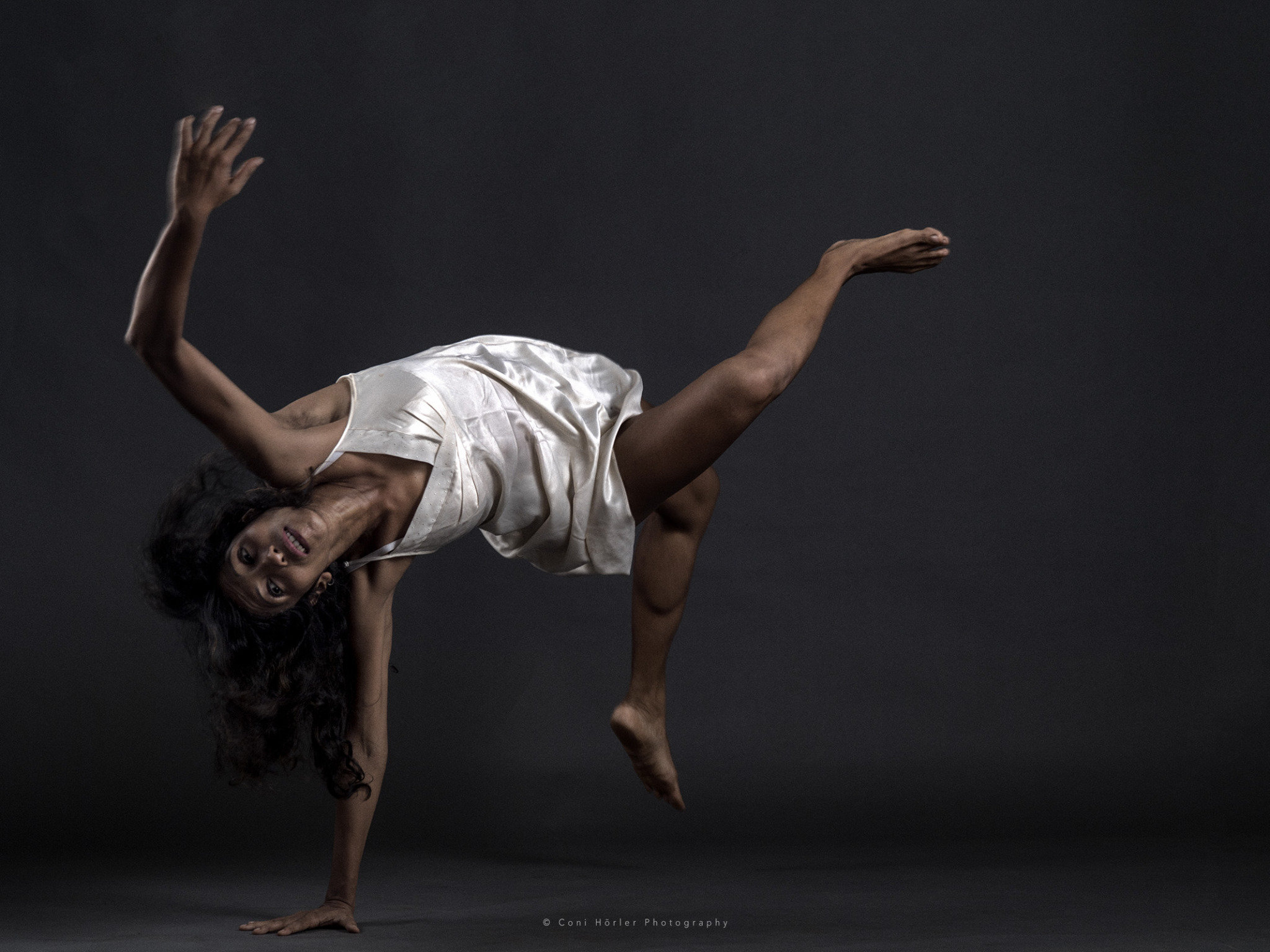
Awesome – so before we get into the rest of our questions, can you briefly introduce yourself to our readers.
I, Papia Chakraborty, am a contemporary dancer, choreographer, and movement artist based in Bangalore. I trained 16 years of Kathak training under Rajendra Gangani, Jaikrishan Maharaj and Mitul Sengupta. I have a diploma in Movement Art from The Rhythmosaic Dance Institute, Kolkata, and a certificate course in choreographic approach from Gati Dance Forum, Delhi. Having trained in contemporary dance for seven years, I am interested in discovering a connection between Kathak and contemporary dance. My focus is on observing the shifts in physical expression and how these changes can lead to a unique movement language. Immediate surroundings inspire me to choreograph the work and address the issues of gender identity, human emotions, and the climate change crisis. I try to address these issues through my choreographic journey so far. My movement explorations are inspired by surrounding behavioral patterns, martial arts and sports activities, and basic simple movements where the audience can see their reflection. The research process is to figure out the intention within myself and question that. Then strive to go deeper to discover the underlying universal issue which can be presented to a larger audience helping them engage with the idea from their diverse perspectives. I am interested in movements and AI collaboration and is fascinated by shape, shadow, and impromptu text which are the inspiration of movement research.
I collaborated with several schools as a dance teacher, working with children, and presented a few experimental movement pieces on sustainability and the climate change crisis.
My recent choreographic work
Metamorphosis
Where do I come from Where do I go?
Give weight to me
My work is deeply rooted in enhancing physical awareness, building muscle strength, improving flexibility, and exploring diverse physical training methods. I incorporate various movement disciplines, including sports training, to enrich my movement vocabulary while ensuring a balanced and stable mental state. These practices are an integral part of my daily research, shaping not only my physicality but also my understanding of how movement impacts the body and mind.
Through this ongoing exploration, I discovered ways to help others—dancers, non-dancers, movers, performance artists, and even individuals beyond the artistic field—develop a deeper connection with their bodies. This realization led me to initiate one-on-one online sessions, where I guide individuals through personalized movement practices tailored to their specific needs.
This marked the beginning of my journey as a professional instructor, allowing me to share my knowledge and create an inclusive space where movement becomes a tool for strength, awareness, and well-being.
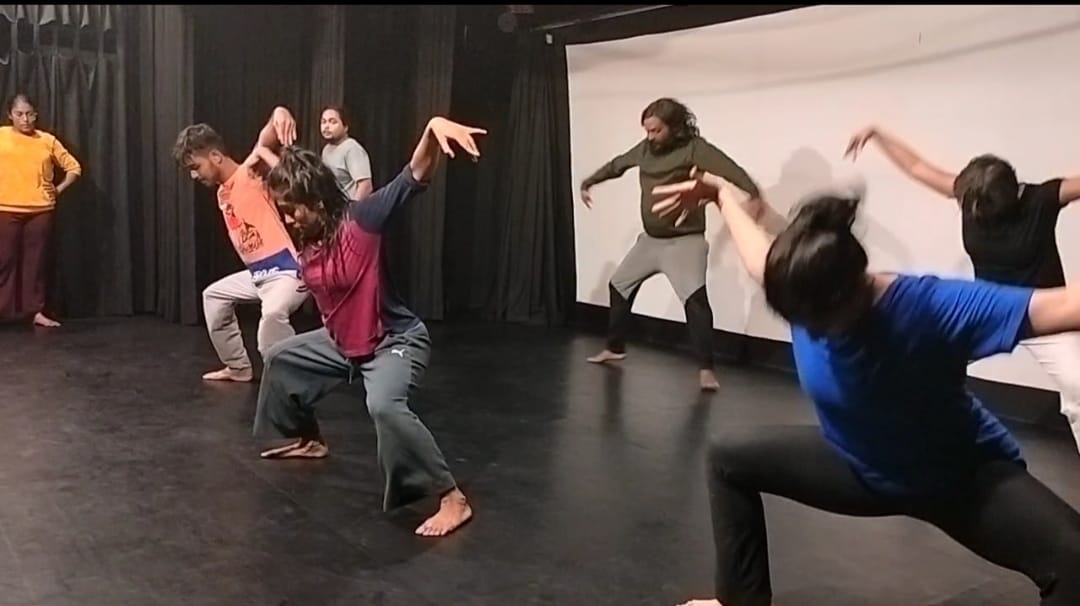

What can society do to ensure an environment that’s helpful to artists and creatives?
Supporting artists and fostering a thriving creative ecosystem requires a multi-layered approach from society, involving individuals, businesses, educational institutions, and policymakers. Here’s what can be done:
1. Institutional & Government Support
Public Funding & Arts Grants – Governments should allocate budgets for independent artists, collectives, and experimental projects. Grant application processes should be simplified and accessible.
Artist Unions & Advocacy Groups – Establishing unions to protect artist rights, fair pay, and legal support can create stability.
Residency & Fellowship Programs – Regular artist residencies (both local and international) provide resources, mentorship, and networking opportunities.
Policy & Tax Benefits – Artists should receive tax benefits, similar to entrepreneurs, and funding should be allocated for emerging and experimental artists.
2. Physical Infrastructure
Affordable Workspaces & Art Districts – Cities should create subsidized studios, performance spaces, and rehearsal venues to counter gentrification.
Public Art & Cultural Spaces – More funding should be directed towards museums, community centers, and cultural hubs that allow artists to exhibit and perform.
Repurposing Spaces for Art – Underutilized buildings, warehouses, and public spaces can be transformed into creative hubs for independent artists.
Invest in the arts
Support arts projects: Support arts projects that can help communities address social concerns.
Recognize the value of art: Recognize the value of art in society, such as its ability to foster empathy, community cohesion, and a deeper understanding of emotions.
Foster a culture of appreciation for creativity
Create spaces for creative expression
Create spaces where people can express themselves creatively, such as through art, music, or writing.
Promote the value of creativity
Promote the value of creativity in society, such as its ability to foster innovation, critical thinking, and self-awareness.
3. Financial & Career Sustainability
Fair Pay & Artist Contracts – Institutions, galleries, and festivals must establish fair pay policies, ensuring artists aren’t exploited for “exposure.”
Micro-Funding & Crowdsourced Models – Accessible small-scale funding for independent projects can bridge the gap between large grants and personal funding.
Corporate Sponsorships & Private Sector Investment – Encouraging ethical collaborations between businesses and artists can create mutual benefits without compromising artistic integrity.
4. Integration into Other Sectors
Art in Urban Planning – Artists should be part of city planning committees to integrate art into public spaces.
Cross-Sector Collaborations – Art can be used in education, therapy, corporate innovation, and social activism, creating more job opportunities for artists.
Tech & Art Convergence – Supporting the fusion of technology and art (AI, VR, digital installations) can create new artistic opportunities and funding streams.
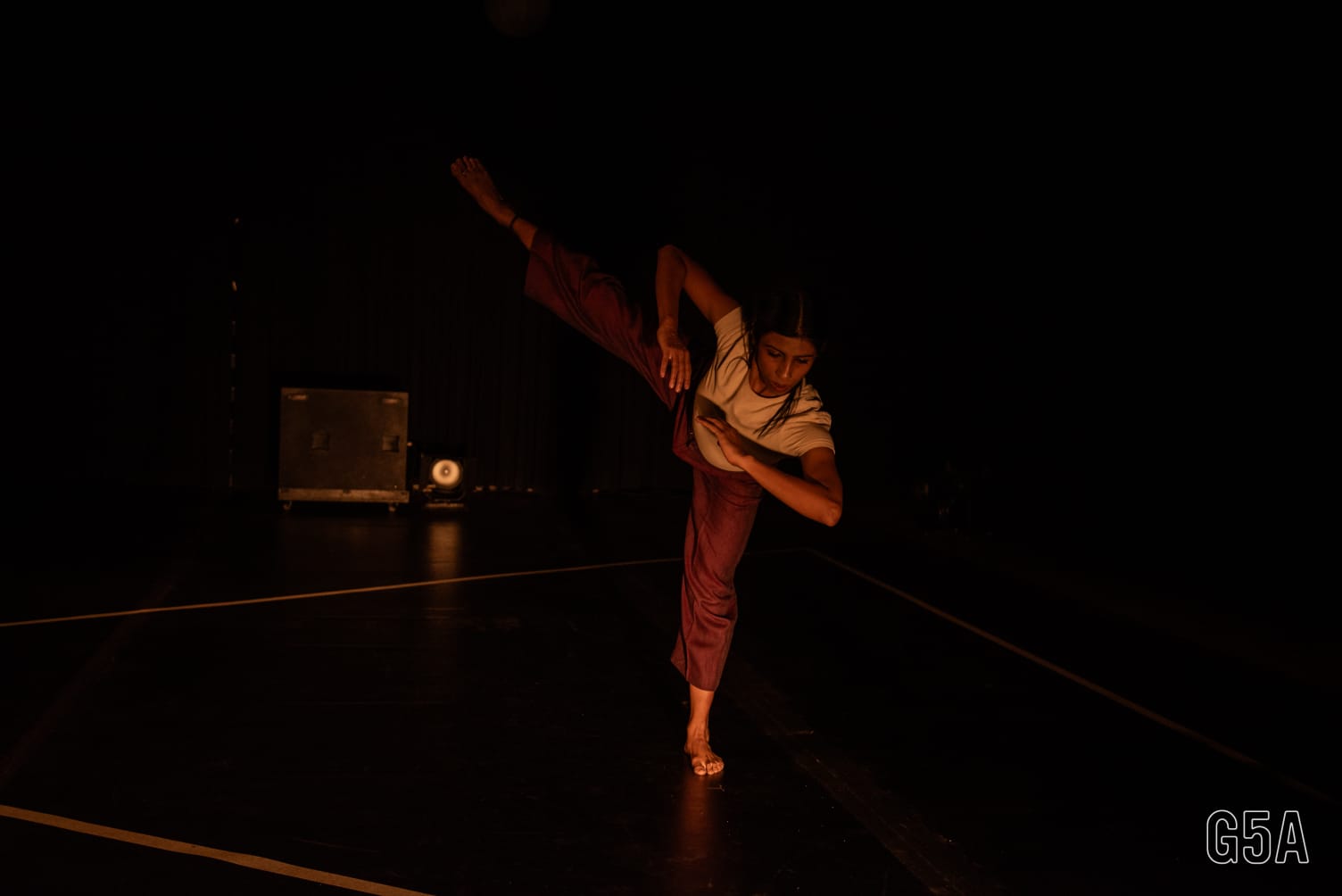

What do you find most rewarding about being a creative?
Art is an extension of the artist—a raw, unfiltered reflection of our thoughts, emotions, and lived experiences. It is never about fabrication but about truth, about uncovering layers that often go unnoticed. As artists, we carry the responsibility of creating something new, of diving deeper into ideas, of questioning and reimagining the world around us.
To create is to listen—to people, to stories, to the silence between words. It is to observe without distortion, to bring light to realities that remain unseen or ignored. Art does not merely exist for entertainment; it holds a powerful voice, one that can challenge, heal, and provoke thought. Through movement, visuals, and performance, we present these truths to thousands—not to dictate, but to spark reflection.
Each creation is an evolution, an exploration of the same world through different lenses. This continuous process of seeing, analyzing, and reinterpreting makes us more adaptable, more versatile. It pushes us to remain curious, to never settle, to always expand beyond the familiar. The essence of being an artist lies in this relentless pursuit of discovery—where every new perspective shapes not just the work, but also the artist behind it.
Contact Info:
- Instagram: papiachakraborty_pia
- Facebook: https://www.facebook.com/share/19vHem4U4J/

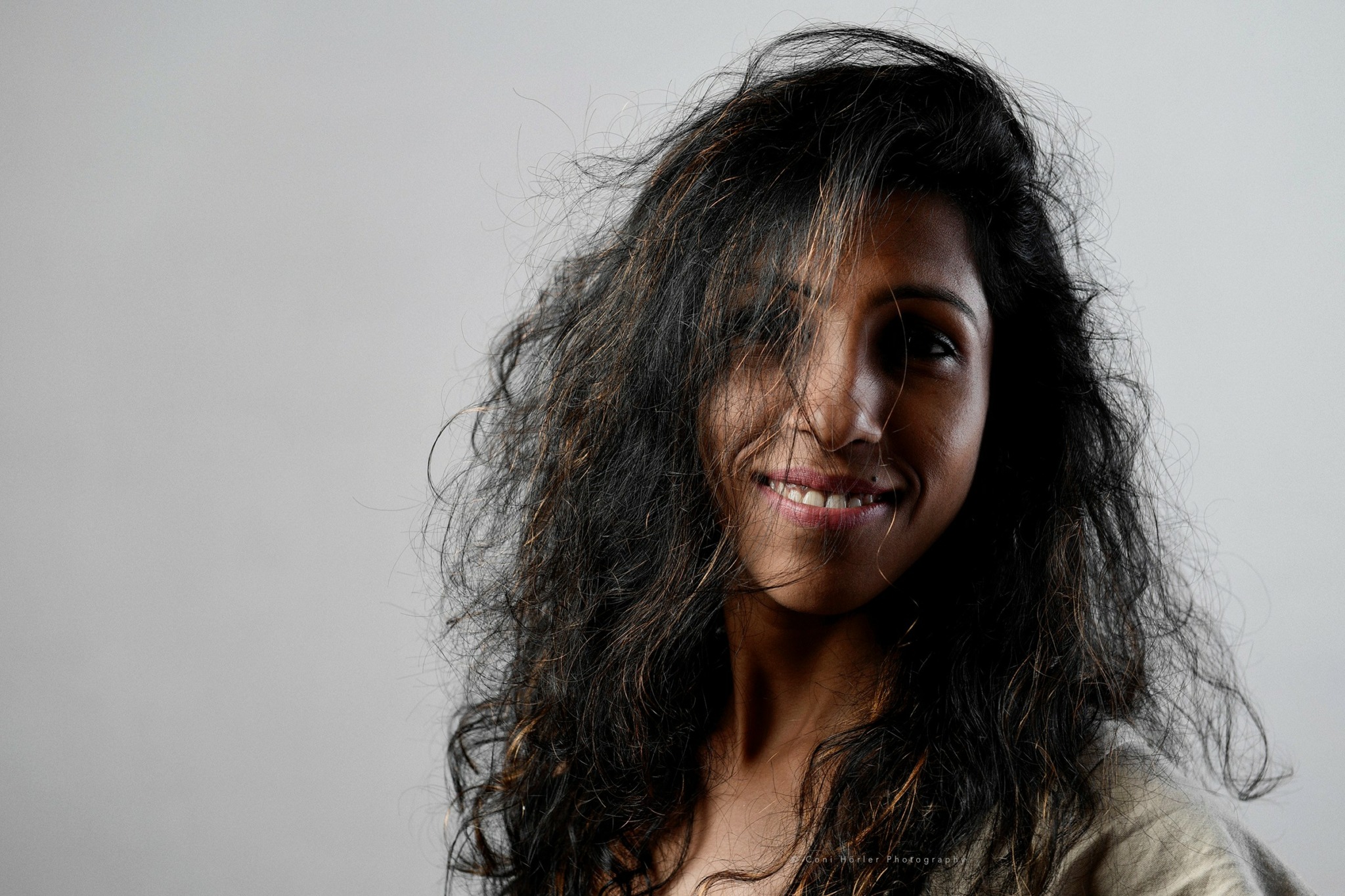
Image Credits
Coni Horler
G5A


